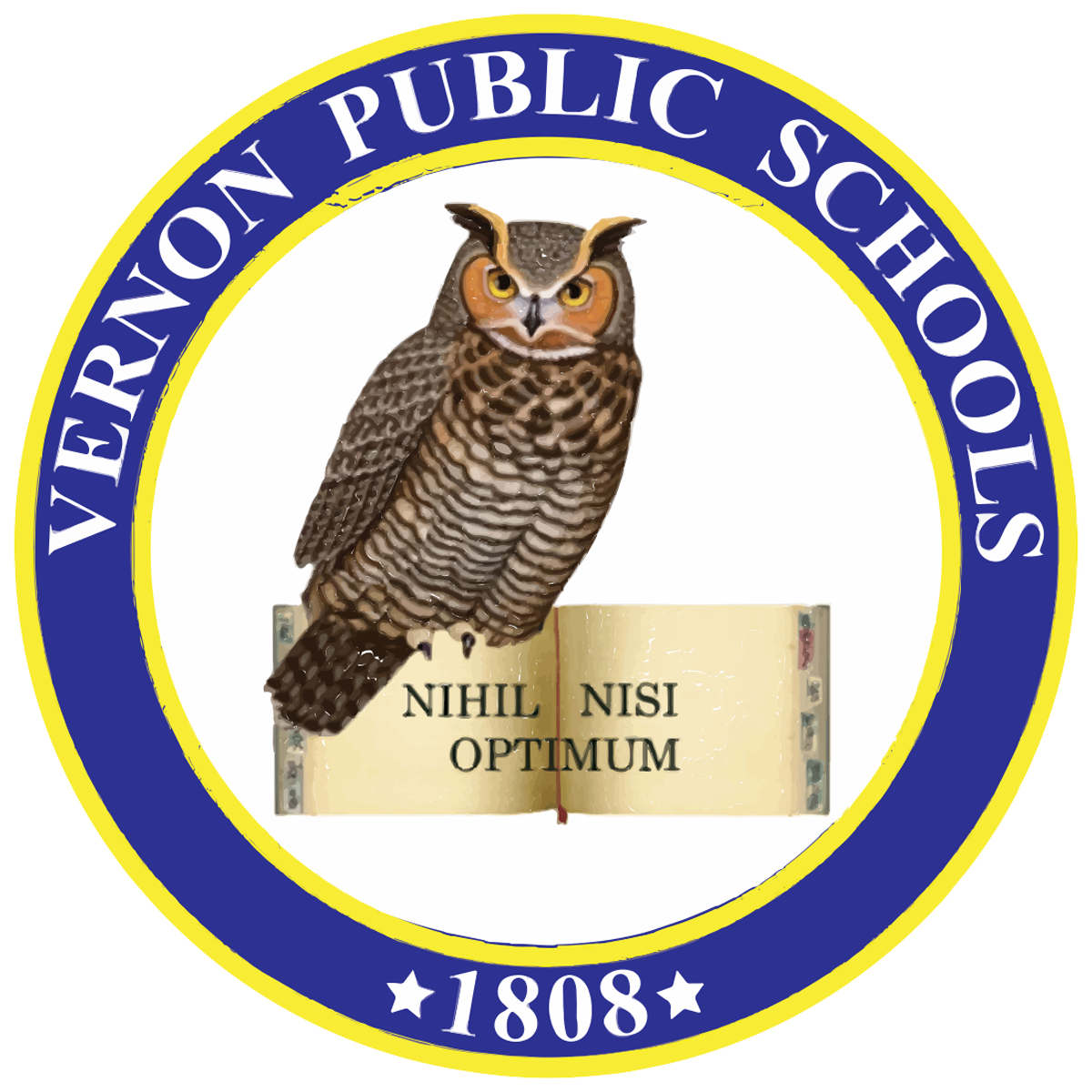Technology & Engineering Education (Grades 6-8)
Grade 6
Engineering Tech (with Mrs. Strong)
A fast-moving introduction to engineering and structures around the world. Students design, build, and test small prototypes and learn how forces and materials affect performance.
Typical projects:
Structures Around the World mini-research & model
Balsa Wood Towers – can your design hold weight on top?
Hot-Air Balloons – design, build, and (weather permitting) flight test
Bottle Racers – simple machines, motion, and testing on a track
Skills Emphasized: Measurement & scale, load & stability, teamwork, reflection
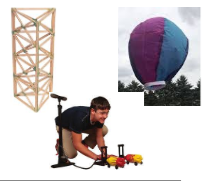
Grade 7
Engineering Tech 2 (with Mrs. Strong)
Deeper design challenges with more testing and iteration. Students document their process and analyze what improves performance.
Typical projects:
Toothpick Bridges – design, build, & test (hang mass to measure strength)
Mousetrap Vehicles – energy transfer, friction, gearing
Delta-Dart Flyers – flight basics and trim adjustments
STEM Challenges rotation (e.g., Floating Boat, House of Cards, Straw/Golf-Ball/Bucket Towers)
Intro to Laser Engraving – simple vector design → safe machine setup → engrave
Skills Emphasized: Data collection, redesign based on evidence, presentation of results
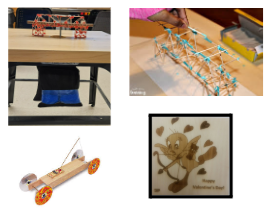
Woodworking (with Mr. Bogucki)
Seventh graders expand on the woodworking foundation they gained in sixth grade. Students review and strengthen lab safety practices while learning to use both hand tools and woodworking machines such as the scroll saw, spindle sander, disc/belt sander, band saw, and drill press. Projects focus on measurement, accuracy, and craftsmanship, encouraging students to apply problem-solving skills and creativity. The main woodworking project is a wooden shelf, and students may also take part in designing and racing CO₂ dragsters, applying concepts of aerodynamics, energy, and the engineering design process.
Units & Tools:
Lab Safety & Safe Tool Operation
Hand Tools
Scroll Saw
Spindle Sander
Disc/Belt Sander
Band Saw
Drill Press
CO₂ Car Design & Testing
Skills Emphasized: Measurement & accuracy • safe tool and machine operation • craftsmanship & attention to detail • problem-solving • engineering design process (plan → build → test → improve) • aerodynamics & energy transfer
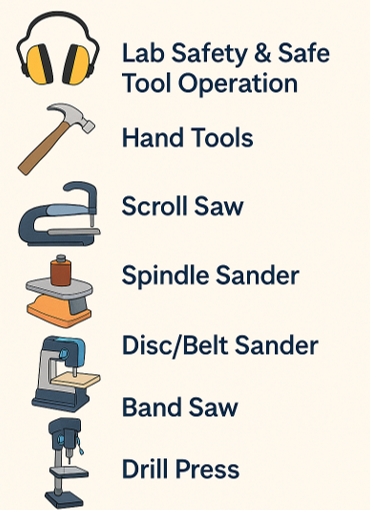
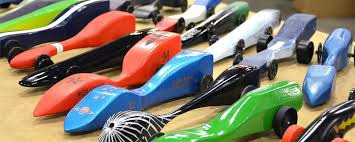
Grade 8
CAD & Video (with Mrs. Strong)
A capstone that blends digital design with media production.
Units & Tools:
SOLIDWORKS (CAD) – create 3D parts and assemblies
3D Printing – prepare and print a small, student-designed object
Laser Engraving – design, set-up, and engrave safely
Virtual Reality – explore design/visualization with Oculus Quest 2
Video Production – storyboard, script, film, and edit a short video
Skills Emphasized: Precision modeling, technical communication, planning & editing
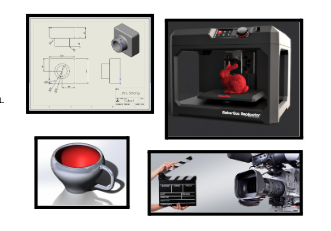
Woodworking (with Mr. Bogucki)
Eighth grade woodworking challenges students to apply their skills at a more advanced level. Safe and responsible tool use remains a top priority as students explore design, joinery, and finishing techniques. Projects focus on measurement, accuracy, and craftsmanship, encouraging students to apply problem-solving skills and creativity. Examples may include small woodworking projects such as shelves, boxes, or other personal items.
Units & Tools:
Advanced Lab Safety & Safe Tool Operation
Hand Tools
Band Saw
Scroll Saw
Disc/Belt Sander
Spindle Sander
Drill Press
Wood Burners
Joinery & Finishing Techniques
Skills Emphasized: Measurement & accuracy • safe tool and machine operation • craftsmanship & attention to detail • problem-solving • persistence & redesign
Safety & Expectations in Our Labs
Safety is the highest priority in all Technology & Engineering classes. Students are expected to demonstrate responsibility, respect, and focus while working in the lab. They learn and review safety rules before using any tool or machine, and are required to wear eye protection and follow all posted procedures. Only approved tools and materials may be used, and students must remain in assigned work areas to maintain a safe environment. Misuse of tools or unsafe actions may result in a loss of privileges and restorative steps to repair or replace damaged items.
Beyond tool use, students are also expected to collaborate respectfully, maintain an organized workspace, and take care of shared equipment and materials. These habits not only keep the lab safe but also build responsibility and professionalism—skills that carry into high school, careers, and everyday life.
What Students Should Bring
To be successful in Technology & Engineering classes, students should come prepared each day with:
Charged Chromebook (when issued) for research, design work, and documentation
Pencil for measurements, sketches, and notes
Long hair tied back for safety during lab activities
Closed-toe shoes to protect feet while working with tools and machines
A growth mindset – ready to problem-solve, try new ideas, and learn from mistakes.
Together, these experiences ensure that students gain the skills, habits, and confidence to tackle real-world challenges and prepare for success in high school, careers, and beyond.
